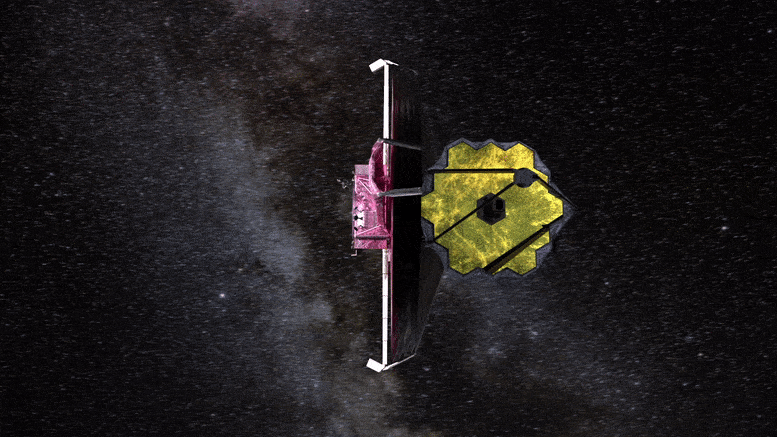
The James Webb Space Telescope (JWST) is the next of NASA’s Great Observatories; following in the line of the Hubble Space Telescope, the Compton Gamma-ray Observatory, the Chandra X-ray Observatory, and the Spitzer Space Telescope. JWST combines qualities of two of its predecessors, observing in infrared light, like Spitzer, with fine resolution, like Hubble. Credit: NASA, SkyWorks Digital, Northrop Grumman, STScI
Now that NASA’s James Webb Space Telescope’s first images and data have been released, you might be wondering: What comes next?
There is a packed schedule of science programs already slated for the World’s preeminent observatory. This includes looking at all kinds of cosmic phenomena, like planets, stars, galaxies, black holes, and more. Webb will revolutionize our understanding of the universe — but first, scientists need time to analyze data and make sure that they understand what they’re seeing. Here are four key things to know about Webb’s next steps:
More images are coming. Webb has already captured more images beyond the ones you saw on July 12, and the Cartwheel Galaxy is just one example. Hold onto your intergalactic hats — NASA will be rolling those out in the coming weeks at nasa.gov/webb and on the NASAWebb social media channels. Some of those images give a first look at Webb’simpressive capabilities, but are not part of science programs. In the meantime, you can revisit the first images at nasa.gov/webbfirstimages. NASA also has this page where you can find the full assortment of images and data at full resolution.
News releases on results will be coming, too, once they have been reviewed. You may have seen researchers on social media posting their preliminary findings from Webb data. But before NASA publicizes results in news materials, they wait for the findings to be peer-reviewed — meaning, the science community has assessed the results. Science is a collaborative process of asking questions, testing out ideas, discussing with colleagues, and doing it all over. The peer-review process generally happens when researchers submit their findings to a journal or conference. It may take a little while, but it’s worth it to root out as many errors as possible.
There is other publicly available data you can check out. Anyone can take a deep dive into what Webb saw during the commissioning period, such as images of Jupiter and some of its moons. Check out the Barbara A. Mikulski Archive for Space Telescopes, which scientists call “MAST,” for what’s out there right now.
The current Webb observing schedule is set and available. If you want to find out what the Webb Space Telescope is looking at this week, visit the Space Telescope Science Institute’s weekly schedule to find out which cosmic objects the observatory is examining. The full buffet of Webb observations for the next year, known as Cycle 1, is available here.
Thanks for being part of this historic journey!


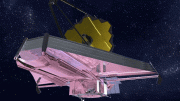
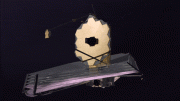
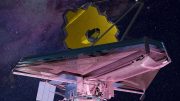
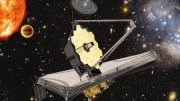
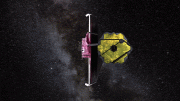

Be the first to comment on "How To Follow the Next Steps of NASA’s Webb Space Telescope"